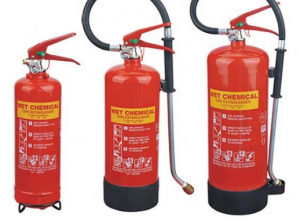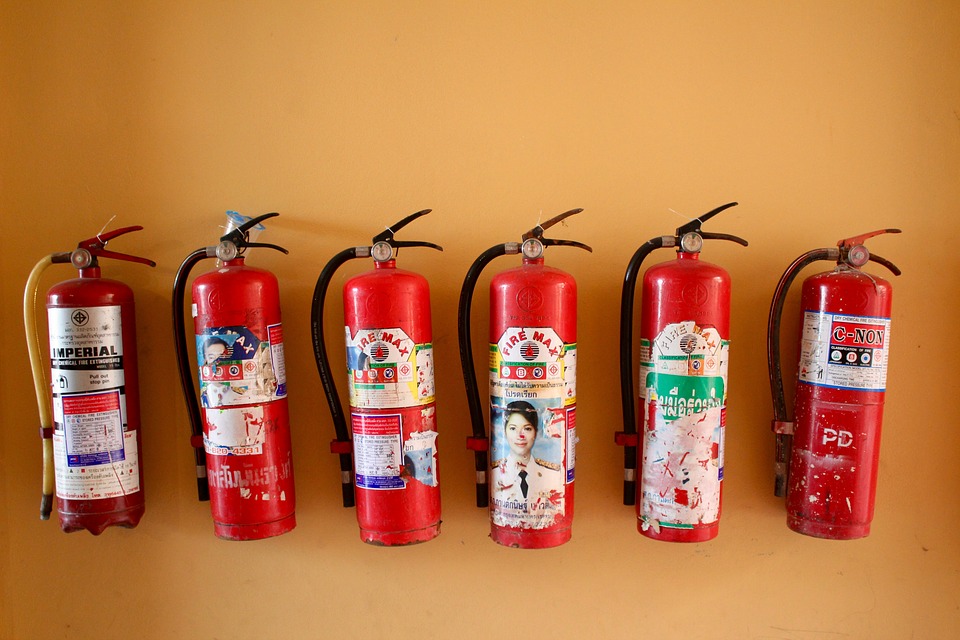Facts about Wet Chemical Fire Extinguishers
The current market is flooded with various types of fire extinguisher. Uncontrolled fires can lead to loss of property of even loss human life. Choosing the right type of fire extinguisher will ensure the safety of your home, workplace and that of your family or employees. The type of device chosen depends on the type of fire that one intended to control or extinguish at his workplace or home. Wet fire extinguishers are primarily designed to control or put-off type F fires. However, some of them can still be used to extinguish type A and type B fires. Type F fires are mainly caused by cooking oils and or cooking fats.
Working Principle


Benefits Associated with Wet Fire Extinguishers
- They are effective in extinguishing type F fires and reducing the chances of reigniting the fire once it has been put off.
- They are easy to use and clean
- They are designed to use low pressure making them effective for minimizing the splashing of hot oils or fats. This is a useful feature that prevents fire from spreading.
- They are readily available and affordable.
Disadvantages
- The chemical used in the wet chemical cylinders is corrosive. It can, therefore, corrode metals such as aluminum thereby reducing their lifespan.
- The foam released can cause irritation of the eyes. This means that one should learn how to use the device and ensure his/her eyes are thoroughly cleaned after use
- Not suitable for putting off electrical fires.
How to Use a Wet Chemical Fire Extinguisher
Ensure that everyone at workplace or home is trained on how to use it and knows where it is located
Follow the PASS technique when using a wet chemical fire extinguisher. This technique involves pulling the pin, Aiming at the fire, squeezing the handle and moving your device from side to side.

